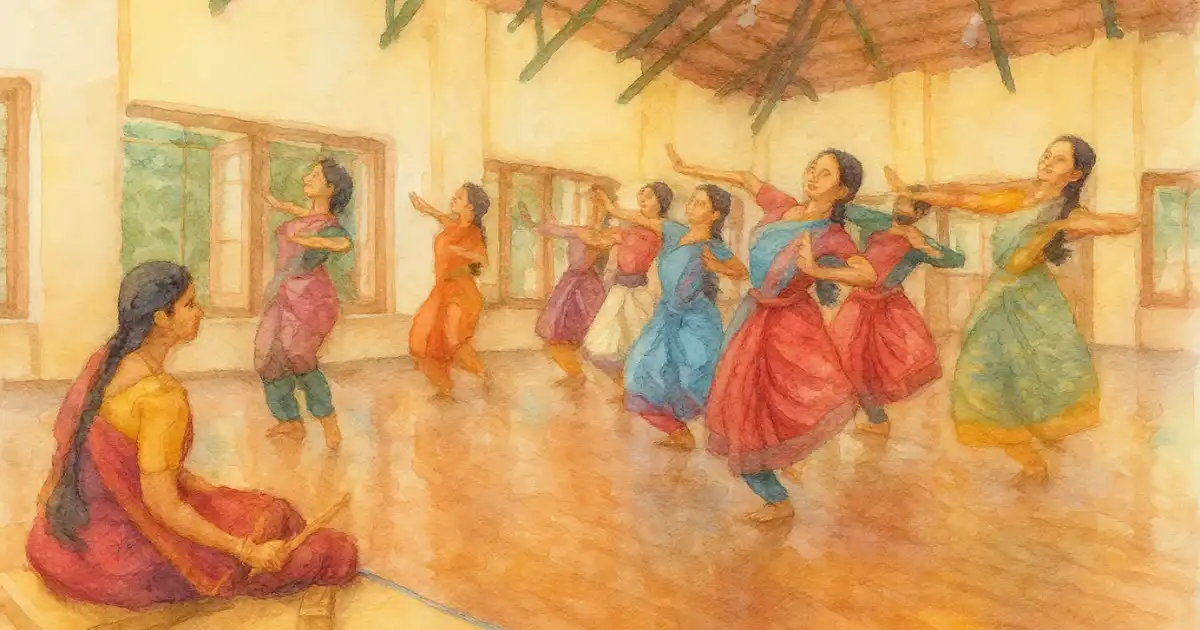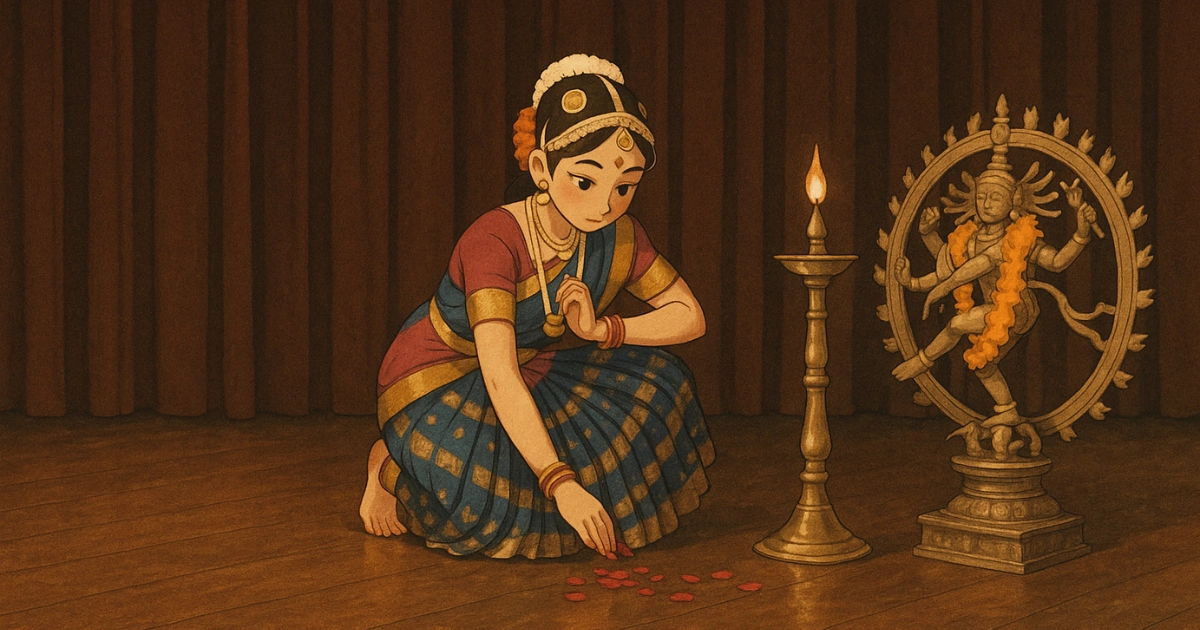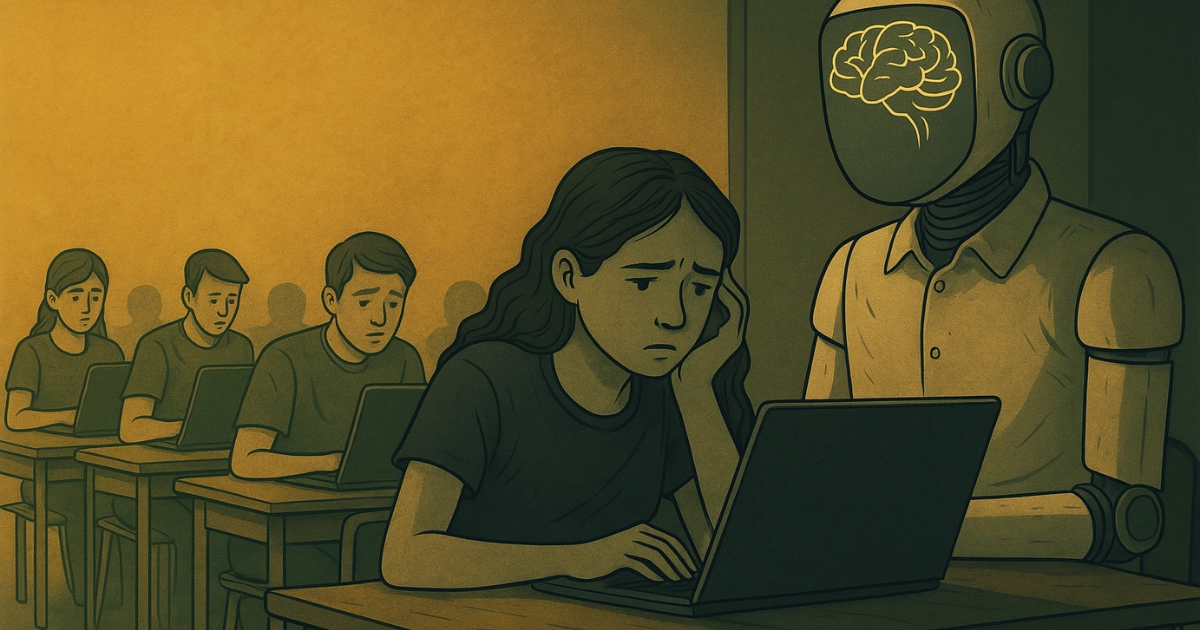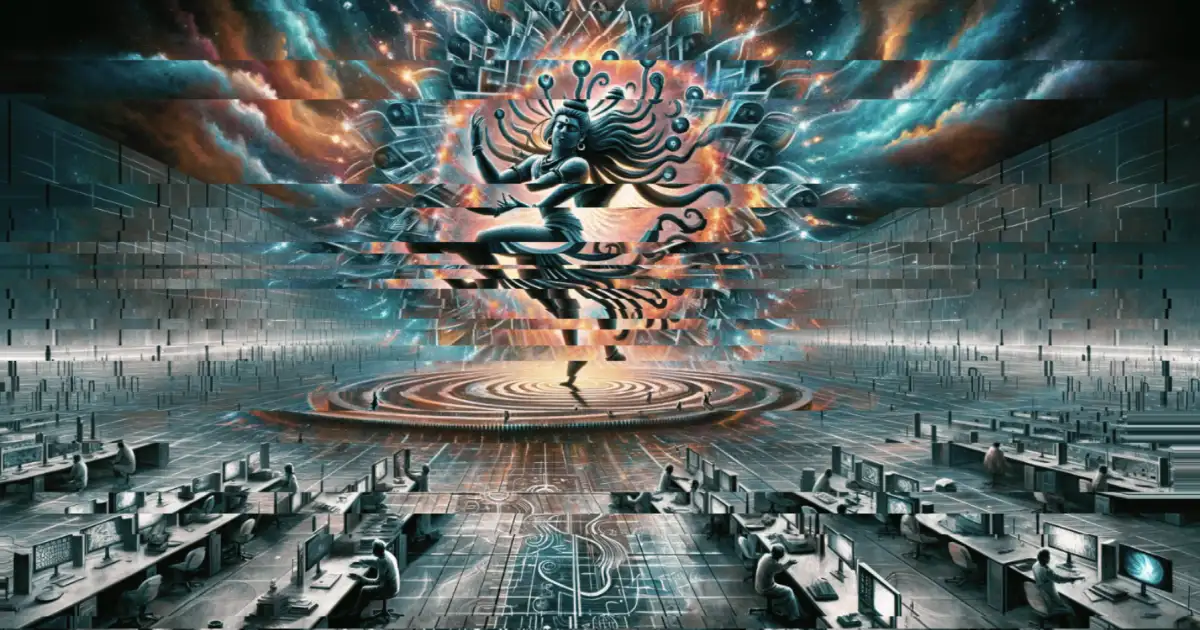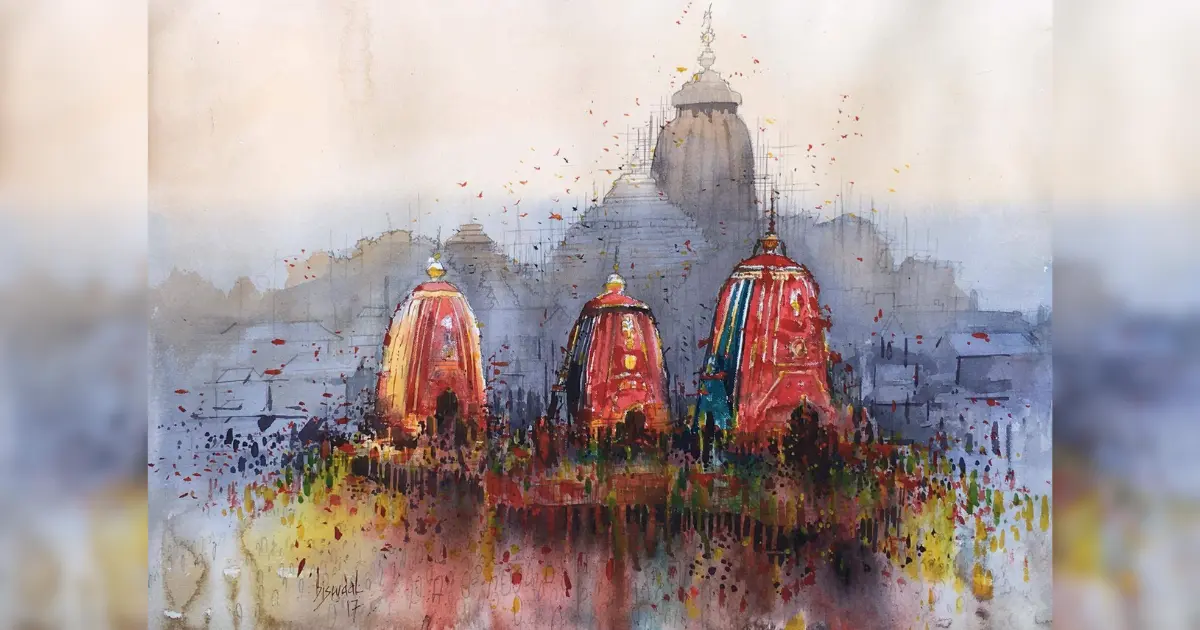Leela Samson is a renowned Bharatanatyam dancer, choreographer, and cultural administrator known for her contributions to Indian classical arts. A disciple of Rukmini Devi Arundale, she trained at Kalakshetra and later served as its Director from 2005 to 2012. She was conferred with a Padma Shri in 1990 and has held several prominent positions, including Chairperson of the Sangeet Natak Akademi and the Central Board of Film Certification.
Leela Samson has previously been in the news for allegations of corruption, having been booked by CBI for ₹7.02 crore irregularities - in renovation of the Koothabalam auditorium of Kalakshetra Foundation, Chennai.
Last week, Leela Samson put out a Facebook post shown below:
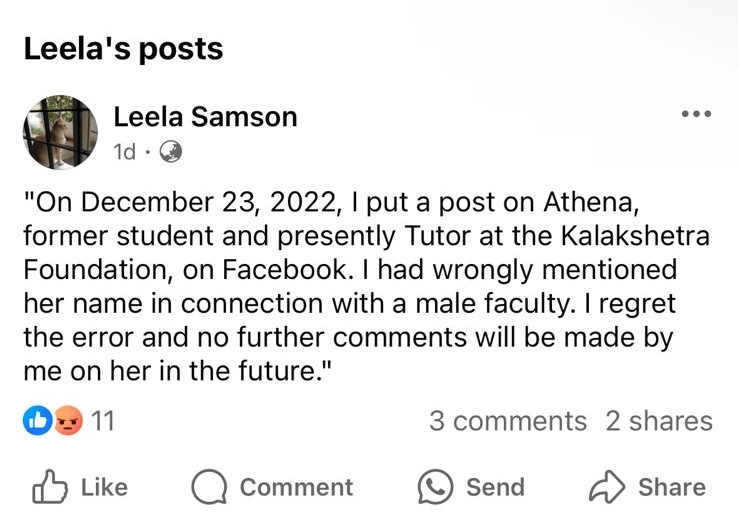
The post concerns a now deleted previous post of hers on Facebook, put out in December 2022, which made Kalakshetra Foundation the target of vicious calumny. The post alleged that a male faculty member and theatre manager, Hari Padman, was involved in the sexual harassment of students at the institute. Her post specifically named a student, Athena Sadiq, implying that she was involved in an inappropriate relationship (calling her his ‘mistress’) with the accused. In the comments, Samson wrote:
His victims are many. (name hidden) had an abortion and wanted him to marry her. And so on. He had a mistress who is an intern – (name hidden) known to bully the younger students. Everyone knows. Junior students apparently ask the question – what do they have to do to get a role in the concert section! (sic).
This post triggered a media frenzy, particularly from liberal outlets like The News Minute and The Hindu, which ran continuous coverage amplifying allegations of harassment, body-shaming, and a toxic institutional culture at Kalakshetra; and more broadly, in the Hindu performing arts. Athena later clarified that the man is only her guru — and a father figure to her— and that she only visits his house to tutor his son in mathematics, always in the presence of his wife. In the FIR, Athena mentioned that:
Before mentioning my name in the Facebook post, it would have been prudent and proper for Ms. Leela Samson to have checked with me about the veracity or genuineness of the rumours she was supposedly hearing about me. The same was not done. There was not even a shred of truth to the allegations mentioned in the comment.
Eventually, though Samson deleted the original Facebook post, it was all too late, as the damage had been done. The story was treated with grave urgency by the legacy media, citing anonymous students and whistleblowers, many of whom expressed fear of retaliation. As the “Me Too” movement swirled in the world of the arts, the media made the most of this — an NGO called Care Spaces Foundation started a campaign attempting to collate allegations of sexual harassment, of which most of the complaints were anonymous. The more prudent way to these complaints would’ve been to approach the director to investigate the allegations and hold perpetrators accountable, if any wrongdoing was, in fact, found. The very public Facebook post seemed to everyone like an attempt to tarnish the reputation of an otherwise well-respected institution.
Soon after, the situation escalated. Students began protesting on campus, claiming years of abuse had been swept under the rug. Hari Padman was arrested in April 2023 based on complaints unrelated to the original Facebook post. Kalakshetra Foundation’s Internal Complaints Committee launched an inquiry, and concluded the complaints were mere rumours. Urged by her seniors, Athena Sadiq filed a defamation case against Samson and her original post became the subject of legal scrutiny, as it had publicly named a student without proof, insinuating serious allegations that were never verified. Samson then agreed to a settlement out of court, wherein she agreed to issue a public statement of regret on Facebook, acknowledging that she had wrongly named Athena in connection with the allegations. The agreement also required her to issue this apology and to pay ₹8 lakh in damages. Despite the high-profile nature of the original accusations and the intense media attention they drew, this public admission of error received remarkably little coverage. Outlets that had led the charge in broadcasting the original claims - especially The News Minute - offered no follow-up or coverage of the apology. The silence has been deafening.
This disparity raises uncomfortable questions. Why did the media, so invested in the narrative of institutional abuse and a whistleblowing culture, fail to report the eventual legal outcome? The intensity with which the original allegations were pursued was not matched by any sense of accountability when those allegations turned out to include false and unsubstantiated claims. When Athena Sadiq was vindicated, she did not receive the same public support or coverage as those making the aforementioned accusations. This asymmetry lays bare a troubling dynamic: when facts contradict the prevailing narrative, support often vanishes. If media and activist ecosystems are to be trusted, they must apply their principles consistently - not only when it aligns with their preferred story.
The failure to correct the public record, or at least inform readers of Leela Samson’s regret and legal obligations, reflects a troubling double standard in media ethics.
At the center of all this is the question of accountability - not just for those accused, but also for those making the accusations, especially when they come from figures with power and prestige. Leela Samson’s standing as a celebrated dancer and cultural icon may have given undue weight to her words. But in the eyes of the law, public statements have consequences, particularly when they harm private individuals. While the broader concerns about harassment in cultural institutions remain real and pressing, the inclusion of a student’s name without verification illustrates how damaging missteps can be, especially in a climate where public opinion often outpaces legal due process.
This case also underscores the fragility of justice in the post-#MeToo landscape. The movement has done vital work in giving voice to the silenced, but it is equally important to recognize that justice must be grounded in evidence, procedure, and fairness. When media and public discourse substitute outrage for verification, innocent people can become collateral damage. Athena Sadiq’s legal victory and Samson’s regretful acknowledgment serve as reminders that allegations alone do not equate to guilt, and that reputational harm is not easily undone.
The controversy surrounding Kalakshetra was not merely limited to individual allegations - it quickly spiraled into a broader cultural narrative. For many observers, it appeared that the institution’s deep roots in traditional Indian art and pedagogy were being subtly undermined in the public discourse. Kalakshetra, since its founding by Rukmini Devi Arundale, has maintained a rigorous and value-based approach to its imparting of an education in the classical arts, firmly rooted in the gurukula tradition. Its emphasis on discipline, aesthetics, and cultural continuity has long set it apart. However, during the height of the media storm, this very foundation was portrayed by some as archaic and oppressive. Critics and commentators used the controversy as an opportunity to cast aspersions on the institution's ethos, implicitly questioning the legitimacy of traditional methods and suggesting that such environments were inherently unsafe or repressive. This narrative, while cloaked in concern for student welfare, risked painting a rich and nuanced tradition with a broad, reductive brush - one that conflated institutional failings or individual misconduct with the larger cultural values the institution embodies. While not overtly political, the institutional backlash - and the media response - has clearly been influenced by ideological divides. The clash between modern progressive leftist activism and classical Indian values has left institutions like Kalakshetra trapped in the crossfire.
Ultimately, the Kalakshetra controversy reveals the complex entanglement of moral authority, institutional inertia, media responsibility, and individual rights. It is a story of real pain and perceived silence, but also of legal redress and public amnesia. Institutions must do better to address and provide resolution to students who speak out, and ensure there is a safe environment in which they can do so. But beyond the legal and ethical dimensions, this episode also reveals a deeper undercurrent: the way a moment of crisis was seized upon by some to discredit an institution that has stood as a bastion of traditional Indian arts and pedagogy. In conflating individual allegations with the values of the gurukula system and the discipline inherent in classical training, the narrative subtly shifted from seeking justice to undermining tradition. In doing so, it not only harmed reputations but also cast a shadow on the very framework that has preserved and nurtured India’s classical heritage for generations.
References
For more details on the controversy, peruse the links below:
- https://thecommunemag.com/kalakshetra-issue-fir-names-leela-samson-4-others-for-derogating-a-girl-student-as-mistress/
- https://thecommunemag.com/former-kalakshetra-director-leela-samson-expresses-regret-after-wrongly-naming-student-in-facebook-post/
- https://swarajyamag.com/culture/leela-samson-kalakshetra-and-the-collapse-of-credibility
